Pico Vs Tequila: What’s The Difference – And Why Your Cocktails Should Care
One is a slow-brewed drink with a lot of history, the other, despite its rich history, is suitably modern and chic – it is your margarita’s go-to spirit. Yet, when it comes to pico and tequila, the first thing to understand is that they are far from being the same. The second thing is to know they can make your cocktail experience quite remarkable.
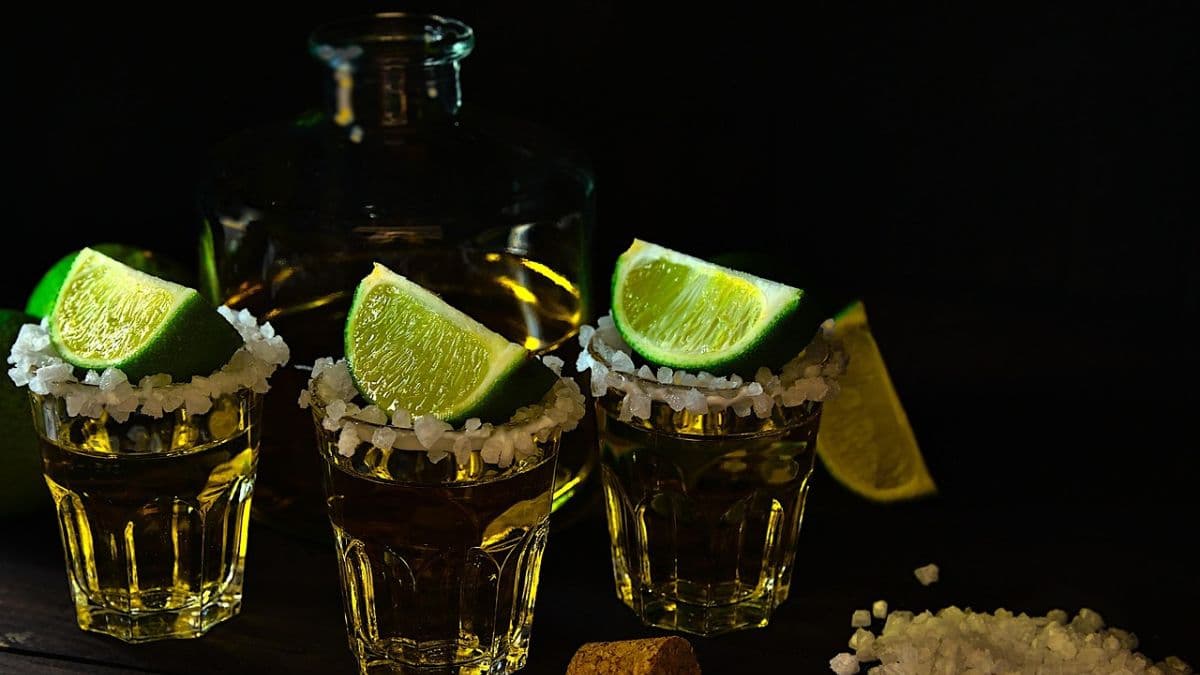
What Really Is Pico?
While both tequila and pico are traditionally made from agave, the spirits are quite different from each other – and they are hardly interchangeable. Pico is not mezcal, it is not tequila. It is a spirit in its own right and is generally a small-batch agave liquor, made using traditional distillation processes.
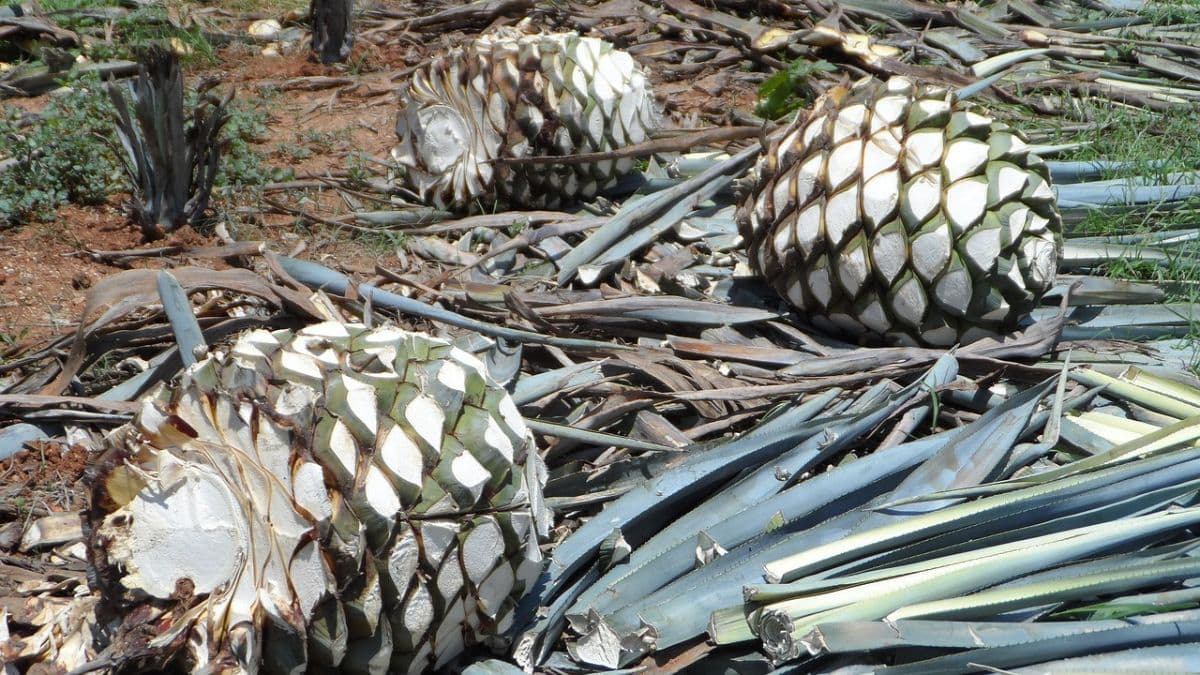
It is an unaged, slightly rustic spirit, which falls in a broader category of agave spirits fermented with local yeasts, distilled in clay or copper containers. Generally, it is produced using different kinds of wild agave which grow in Mexican regions, and not just the blue agave, used for making tequila. Interestingly, pico is made in micro batches, in underground roasting pits which lends the spirit its slightly earthy, smoky flavour and its fruity, briny and stone-ish tasting notes.
Tequila: The Well-Known Blue Agave Spirit
Made especially using the blue agave that grows in Mexico, tequila is produced only in certain regions such as Jalisco, from where the spirit is said to originally emerge. It is a crisp, slightly citrusy, spicy liquor with a very smooth finish and a peppery flavour profile. While clear, blanco or silver tequila is seldom aged, it is the rested reposado and aged añejo tequilas which are stored for a couple of months to about a year, that lend these spirits their deeper hues and flavours.
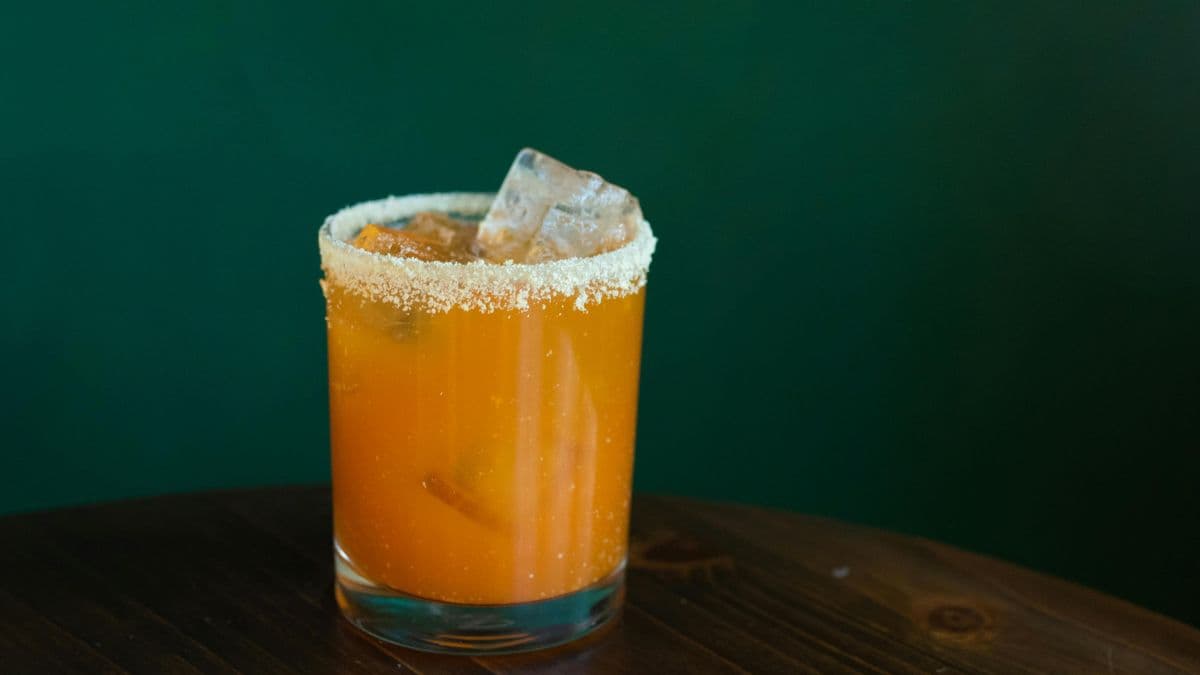
Most often than not, the clear and crisp flavours of the tequila blanco make a prominent appearance in cocktails like palomas and margaritas. The herbal notes and green pepper flavours of this spirit make it a suitable ingredient to blend with similarly fresh flavours of citruses like limes and grapefruits. The drinks fashioned using tequila blanco are crisp, light and complete with bright flavour characteristics.
Also Read: Which Tequila Is Right For You? More About Blanco, Reposado And Añejo For The Indian Patron
Pico Vs Tequila: What’s The Difference?
So, it is only evident that questions abound about whether to use pico or tequila in the making of certain craft cocktails. While both spirits are made from agave, each one is much different from the other in terms of the flavours they bring into drinks.
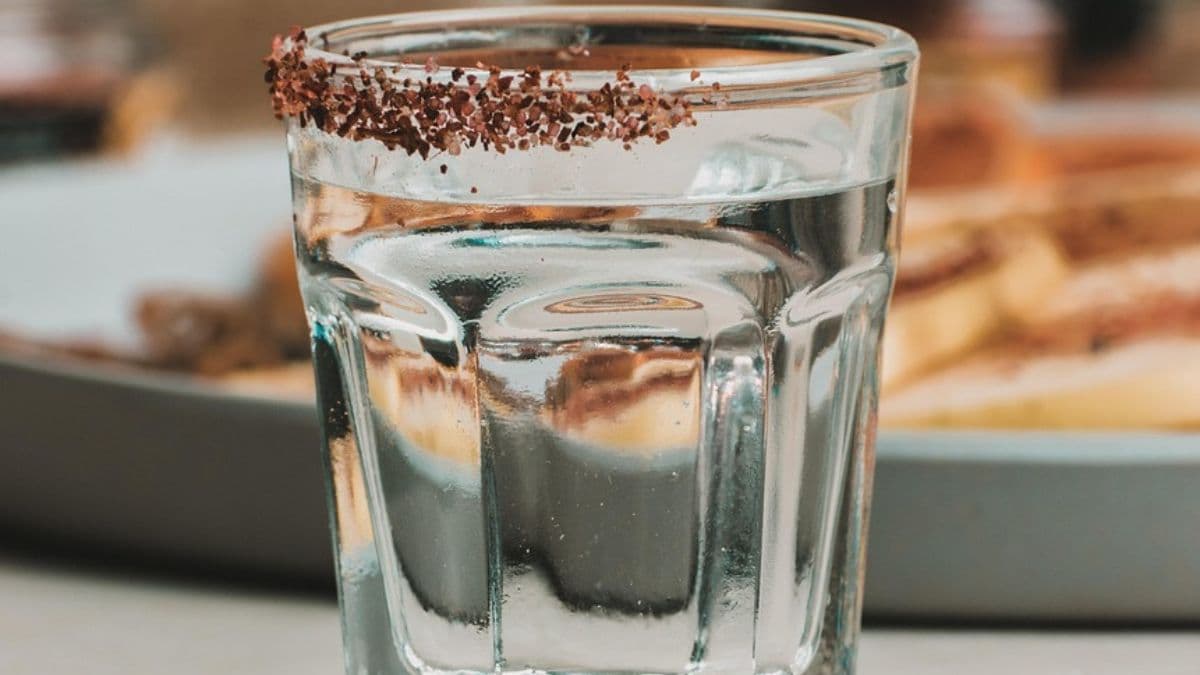
Tequila imbues cocktails with a citrusy, peppery and quite a modern touch. On the other hand, pico is a smokier drink, complete with a rustic effect and a slightly earthy element which is inherent to its flavour profile.
The cocktails produced using pico are denser, more robust with a pronounced flavour than the bright and citrusy character of the drinks prepared using tequila. In fact, adding pico in lieu of tequila to certain classic drinks infuses into them quite a flavourful flourish, even an artisanal quality which makes the drinks appear that much more homespun and raw. So, sometimes, on those rare home mixology days, adding pico instead of tequila to margaritas or Mexican mules can turn the whole cocktail around to actually reveal some remarkably deep agave tones coming from this small-batch spirit.
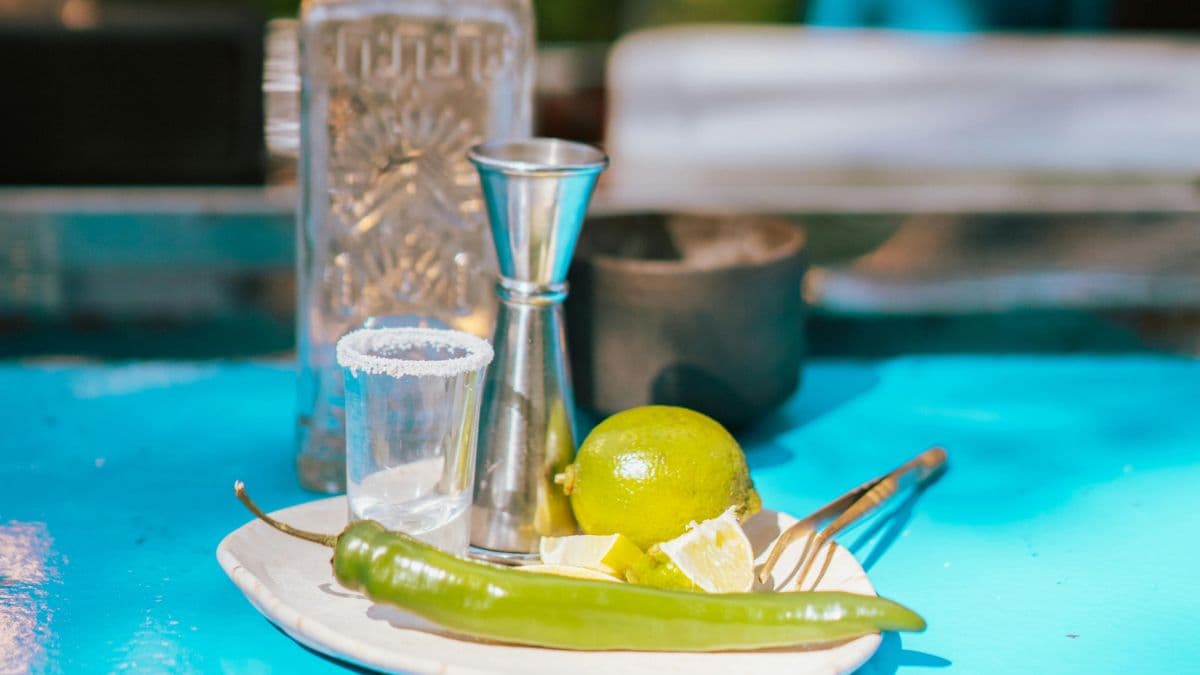
Suitably so, pico is the spirit bartenders reach for to blend cocktails like smoky sours, tamarind pico sodas and old fashioned riffs. This brings depth and lots of flavourful layers into a cocktail blend. For its part, tequila remains the chosen spirit for bartenders attempting to blend it with more regional, locally-sourced ingredients like tropical citrus fruits and souring agents – used for crafting chic, experimental and sleek mixology numbers.
Drink Responsibly. This communication is for audiences above the age of 25.




